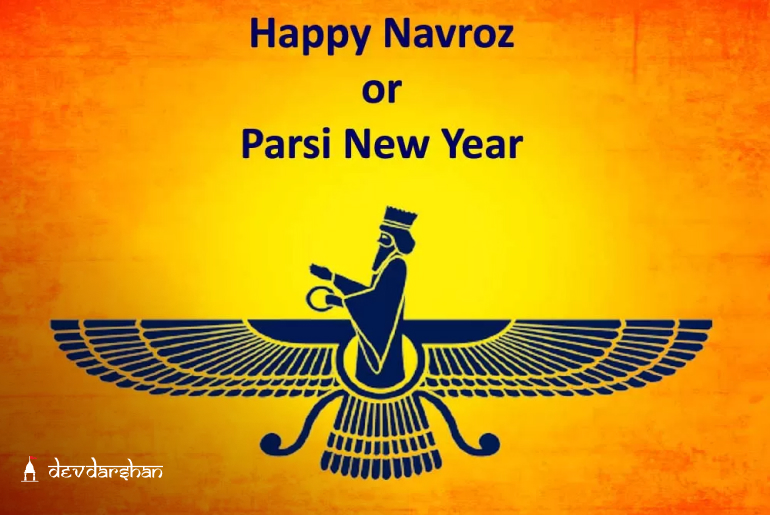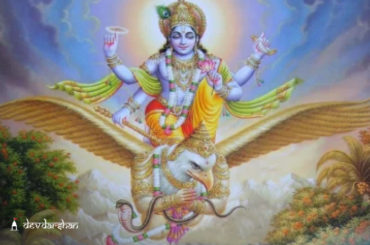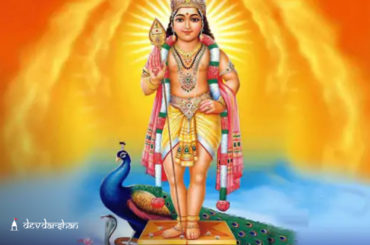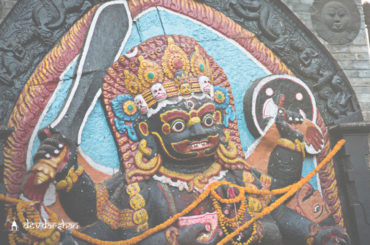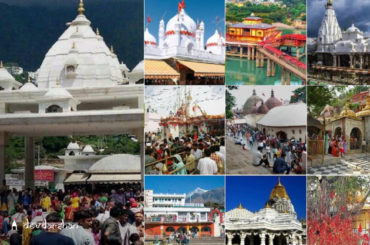In a world filled with diverse cultures and traditions, each community holds its unique festivities, marking the passage of time and celebrating new beginnings. Among these vibrant celebrations, one that stands out is ‘Navroz’, the Parsi New Year. Rooted in ancient traditions and wrapped in symbolism, Navroz is not only a time of joy and merriment for the Parsi community but also a time to reflect on the past and embrace the future with hope and positivity.
Navroz 2023: Date, Timings and Muhurat
Navroz Date: Wednesday, August 16, 2023.
The festival of Navroz, which typically coincides with the Spring Equinox around 21st March each year, is celebrated by the Parsi community. However, in India, the Parsis follow the Shahenshahi calendar, which causes their New Year celebrations to occur later in July or August. This year, Parsi New Year 2023 will be observed on Wednesday, August 16 in India.
Significance of Navroz
Navroz, also known as ‘Nowruz’ or ‘Norooz’, is a festival with ancient origins, predating religious affiliations. It is celebrated on the vernal equinox, which usually falls on or around March 21st. The term ‘Navroz’ is of Persian origin, where ‘Nav’ means ‘new’, and ‘Roz’ means ‘day’, signifying the arrival of a new day or a new year.
The festival has its roots in Zoroastrianism, one of the world’s oldest religions founded by the Prophet Zarathustra (Zoroaster) in ancient Persia. Zoroastrians, also known as Parsis in India, consider Navroz as one of their most significant and joyous occasions, celebrating the triumph of light over darkness and the renewal of nature.
The Celebration
Navroz marks the beginning of the Persian solar calendar and preparations for the festival start weeks in advance. Houses are thoroughly cleaned and decorated with vibrant colours and flowers to signify the freshness and beauty of spring. Families and friends come together to feast and exchange warm wishes for the year ahead.
Haft-Seen
A centrepiece of Navroz celebrations is the ‘Haft-Seen’ table, an intricately arranged spread of seven symbolic items, each starting with the Persian letter ‘S’ (pronounced “Seen”). These items typically include:
- Sabzeh (Sprouts): Sprouted wheat, barley, or lentils, symbolizing rebirth and growth.
- Samanu (Pudding): A sweet pudding made from wheat germ, symbolizing affluence and fertility.
- Senjed (Dried Oleaster): A sweet dried fruit, symbolizing love and compassion.
- Seer (Garlic): Symbolizing medicine and health.
- Seeb (Apple): Symbolizing beauty and good health.
- Somāq (Sumac): Symbolizing the sunrise and the triumph of good over evil.
- Serkeh (Vinegar): Symbolizing patience and age.
Jamshedi Navroz
For the Zoroastrian community, the Navroz celebrations also commemorate the legendary King Jamshed, who is associated with the foundation of the Zoroastrian calendar. Hence, Navroz is also known as “Jamshedi Navroz.”
The Feast
Food plays a vital role in Navroz celebrations. Families come together to share traditional Parsi delicacies like “Patra ni Machi” (steamed fish wrapped in banana leaves), “Sali Boti” (spicy mutton with crispy potato straws), and “Ravo” (a sweet semolina pudding). The aroma of these delectable dishes fills the air, adding to the festive atmosphere.
Community Gatherings
Navroz is not just a family affair but also a time for the Parsi community to come together. Community gatherings are organized at Zoroastrian fire temples and other places of worship. Prayers are offered, and religious rituals are performed, reinforcing the sense of unity and shared heritage.
Embracing the Future
Navroz is more than just a New Year celebration; it holds deeper philosophical and spiritual significance. It encourages introspection, renewal, and the embracing of the future with hope and optimism. As the world wakes up to the beauty of spring, the Parsi community rejoices in the metaphor of nature’s revival, reflecting on life’s cyclical nature and the opportunities that lie ahead.
Conclusion
Navroz, the Parsi New Year, is a celebration that encapsulates the spirit of renewal and the anticipation of new beginnings. It brings together the Parsi community in joyous gatherings, reminding us all of the importance of embracing change and looking forward to a brighter future. As we witness the Haft-Seen’s symbolism and savour the delicious feasts, let us cherish the values of growth, compassion, and unity that Navroz represents. May this festival of new beginnings inspire us all to bloom and thrive, creating a world filled with hope, love, and joy.
Navroz Mubarak!
DevDarshan
Check out various Online Puja and services provided by DevDarshan here and get your bookings done in one click. If you want to know more about Indian culture, Indian Temples, Pujas and festivals, then download the DevDarshan App. Don’t forget to share this blog if you liked it.

